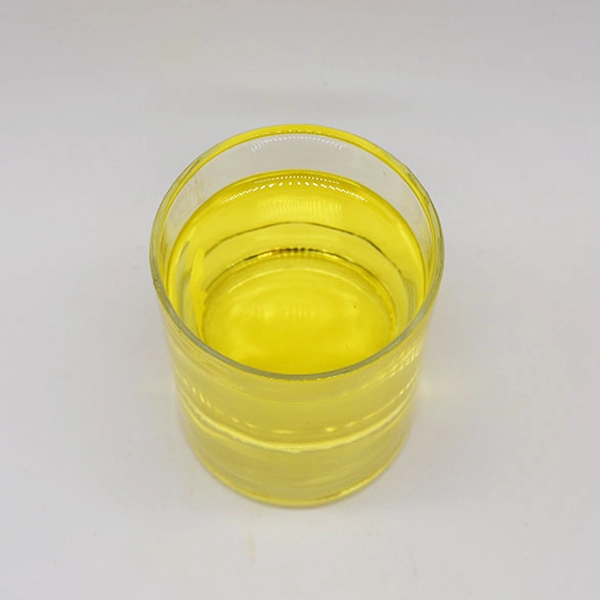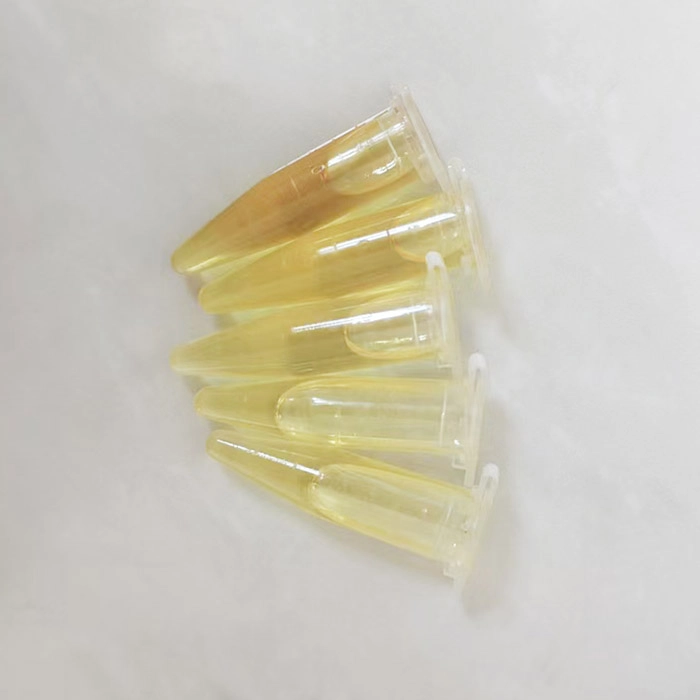Views: 220 Author: tcchems Publish Time: 2025-10-31 Origin: Site











Content Menu
● The Science Behind Pore Clogging
● Does Vitamin E Oil Clog Pores?
>> The Comedogenic Rating of Vitamin E
>> Factors Influencing Pore Clogging
● Who Should Use Vitamin E Oil?
>> Skin Types to Approach with Caution
● How to Use Vitamin E Oil Safely
>> Incorporating into Your Skincare Routine
● Alternatives to Vitamin E Oil
Vitamin E oil has gained popularity in the skincare world for its numerous benefits, including its antioxidant properties and ability to hydrate the skin. However, a common concern among skincare enthusiasts is whether vitamin E oil clogs pores. This article will explore the properties of vitamin E oil, its effects on the skin, and whether it is suitable for all skin types.

Vitamin E is a fat-soluble antioxidant that plays a crucial role in protecting cells from oxidative stress. It is found in various foods, including nuts, seeds, and green leafy vegetables. In skincare, vitamin E is often used in oil form, which is derived from natural sources such as wheat germ, sunflower seeds, and almonds.
Vitamin E oil is celebrated for its numerous benefits, including:
- Antioxidant Protection: It helps neutralize free radicals, which can damage skin cells and accelerate aging.
- Moisturization: Vitamin E oil is an excellent moisturizer, helping to keep the skin hydrated and supple.
- Healing Properties: It can aid in the healing of scars and wounds, promoting skin regeneration.
- Anti-Inflammatory Effects: Vitamin E has anti-inflammatory properties that can soothe irritated skin.
Pores are tiny openings on the skin's surface that allow sweat and oil to escape. They are essential for maintaining skin health, but they can become clogged with excess oil, dead skin cells, and impurities.
Pores can become clogged for several reasons, including:
- Excess Oil Production: Overactive sebaceous glands can produce too much oil, leading to clogged pores.
- Dead Skin Cells: When dead skin cells are not properly exfoliated, they can accumulate and block pores.
- Environmental Factors: Pollution, dirt, and makeup can contribute to pore blockage.
The comedogenic rating system measures the likelihood of a substance to clog pores. Substances are rated on a scale from 0 to 5, with 0 being non-comedogenic and 5 being highly comedogenic. Vitamin E oil has a comedogenic rating of 2, which means it has a moderate likelihood of clogging pores.
While vitamin E oil has a moderate comedogenic rating, several factors can influence whether it will clog pores for an individual:
- Skin Type: Oily and acne-prone skin types may be more susceptible to clogged pores from heavier oils like vitamin E.
- Application Method: How vitamin E oil is applied can also affect its potential to clog pores. Using it in combination with other non-comedogenic products may mitigate this risk.
- Purity of the Oil: Pure vitamin E oil is less likely to clog pores compared to formulations that contain additional ingredients.
Vitamin E oil can be beneficial for various skin types, but it is particularly suitable for:
- Dry Skin: Its moisturizing properties can help hydrate and nourish dry skin.
- Mature Skin: The antioxidant effects of vitamin E can help combat signs of aging.
- Sensitive Skin: Its anti-inflammatory properties can soothe irritation and redness.
Individuals with the following skin types may want to be cautious when using vitamin E oil:
- Oily Skin: Those with oily skin may find that vitamin E oil exacerbates oiliness and leads to breakouts.
- Acne-Prone Skin: If you are prone to acne, it may be best to avoid heavier oils, including vitamin E, to prevent potential clogging.
To minimize the risk of clogged pores while using vitamin E oil, consider the following tips:
- Patch Test: Always perform a patch test before applying vitamin E oil to your face to check for any adverse reactions.
- Mix with Other Oils: Combine vitamin E oil with lighter oils, such as jojoba or argan oil, to create a more balanced formulation.
- Use Sparingly: A little goes a long way. Use a small amount of vitamin E oil to avoid overwhelming your skin.
Vitamin E oil can be incorporated into your skincare routine in several ways:
- As a Moisturizer: Apply it as a final step in your skincare routine to lock in moisture.
- In DIY Masks: Mix vitamin E oil with other natural ingredients to create hydrating masks.
- Spot Treatment: Use it on specific areas that need extra hydration or healing.
If you are concerned about pore clogging but still want the benefits of vitamin E, consider these alternatives:
- Vitamin E Serums: Look for serums that contain vitamin E in a lighter formulation, often combined with other beneficial ingredients.
- Non-Comedogenic Oils: Oils like jojoba, rosehip, and squalane are less likely to clog pores and can provide similar benefits.
- Vitamin E Supplements: If topical application is a concern, consider taking vitamin E supplements to reap its benefits from within.
In conclusion, vitamin E oil can be a beneficial addition to many skincare routines, but it is essential to consider your skin type and how it may react to heavier oils. While it has a moderate comedogenic rating, individual experiences may vary. By understanding how to use vitamin E oil safely and effectively, you can enjoy its numerous benefits without the worry of clogged pores.

1. Can I use vitamin E oil on my face every day?
Yes, but it's best to start with a few times a week and monitor how your skin reacts.
2. Is vitamin E oil good for acne scars?
Yes, vitamin E oil can help improve the appearance of scars due to its healing properties.
3. What is the best way to apply vitamin E oil?
Apply a small amount to clean skin, preferably at night, to allow it to absorb while you sleep.
4. Can I mix vitamin E oil with my moisturizer?
Yes, mixing it with a non-comedogenic moisturizer can enhance hydration without clogging pores.
5. Are there any side effects of using vitamin E oil?
Some individuals may experience irritation or breakouts, so it's essential to patch test before full application.
Hot Tags: China, Global, OEM, private label, manufacturers, factory, suppliers, manufacturing company



